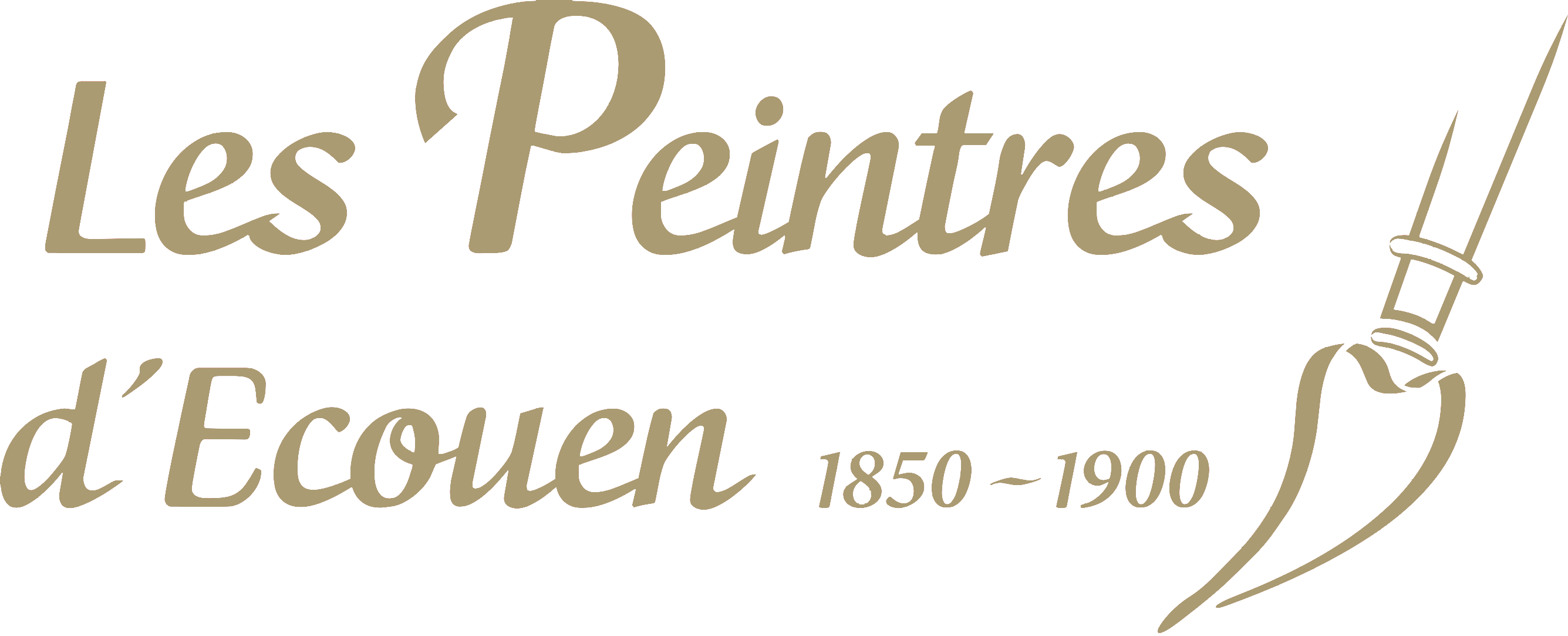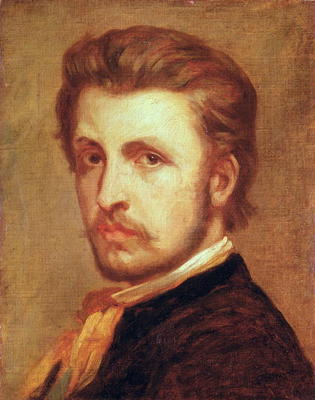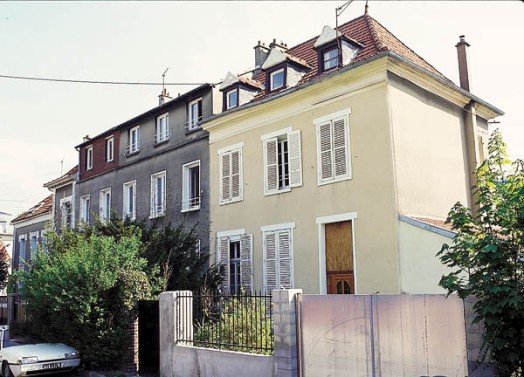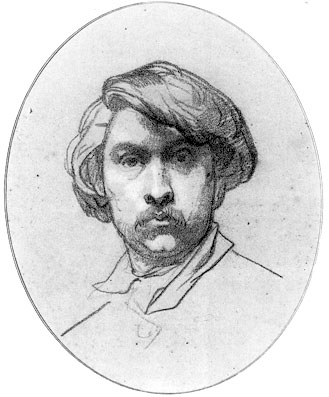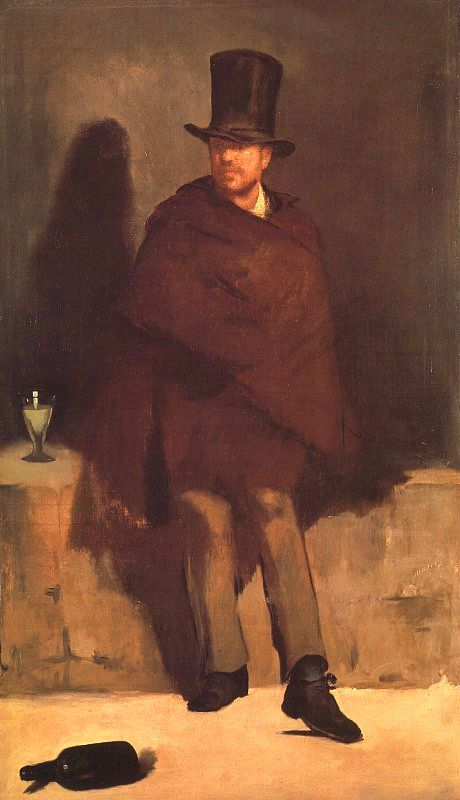Senlis, December 21th 1815 – March 30th 1879, Villiers-le-Bel
When he was 11 years old, his family moved to Paris in 1826 where he studied at the Ecole des Arts et Métiers and then at the Ecole des Beaux-Arts. In 1830, he entered the studio of Antoine Gros (1771-1835) where, not very sure of himself, he drew a portrait on the sly of his master, which drew this comment from him: « But my little friend, you draw like an old academician ». He is, in fact, one of the most important portraitists of the 19th century. Then he attended the workshop of Paul Delaroche (1797-1856). He failed several times in the competition for the Prix de Rome but finally won the second prize in 1837.
From 1840, he exhibited at the Paris Salon where he was awarded a medal in 1847 for « Romans of the Decadence« . On November 11, he was named Knight of the Legion of Honor. Throughout his life, he trained artists such as Edmond Eugène Valton (1836-1910), Pierre Puvis de Chavannes (1824-1898) or Edouard Manet (1832-1883) who, from the very first day, said: « I don’t know why I’m here; when I get to the studio, it seems to me that I’m entering a tomb ».
His fame spread to the United States where he exhibited in different cities.
Thomas Couture likes dark tones. Almost all of his models posed in black, brown or gray suits, which gave him the opportunity to demonstrate his virtuosity. The « Portrait of the Baroness d’Astier de la Vigerie« , recently acquired by the Senlis Museum, is an example of this. On July 8, 1869, he acquired the castle of Villiers-le-Bel, a property of 3.4 hectares, for 137,500 francs from the seizure chamber of the civil court. It was from this time on that he regularly visited the painters of Ecouen.
In 1872, Thomas Couture was killed. He no longer attracted the crowds. The world as a whole, and that of painting in particular, had changed. « The battle against realism was lost, impressionism and symbolism were coming ». With a last attempt at a coup d’éclat with « Damocles« , Couture retired for good.
He died in Villiers-le-Bel in his home called the Château. He was buried in Père-Lachaise.
For further information, please read the book “L’Ecole d’Ecouen, une colonie de peintres au XIXe siècle” (bilingual French-English).
